In times where change seems to be happening faster than ever and life feels out of control, many find themselves reminiscing of simpler times. Consumers have been shopping for items with nostalgic elements to live out their dreams of going back to “the good old days,” sometimes without even realizing it, and companies have caught on.
Vintage-inspired clothing, digital cameras and old-fashioned music streaming are just a few trends that have nostalgic roots. Most notably, the fashion industry has adapted to appeal to customers looking for vintage items through collection relaunches, repurposed secondhand clothing and resurfacing styles from previous decades. All of these trends can be linked back to those daydreams of decades ago, a phenomenon known as nostalgia.
What is Nostalgia?
Nostalgia is defined as “a sentimental longing or wistful affection for the past, typically for a period or place with happy personal associations”; however the term has evolved in recent years. While many do feel nostalgic towards memories of their own lives, some people are beginning to feel nostalgic for eras they’ve never experienced. In an interview for the American Psychological Association, psychologist Krystine Batcho described this feeling as historical nostalgia. Gen Z is a prime example of this, with the 90s and early 2000s serving as style inspiration for many, despite the generation not beginning until 1997.
In a survey conducted by GWI, a consumer research company, 37% of Gen Z respondents ages 16 through 26 felt nostalgic towards the 90s and 56% towards the 2000s, despite nearly all respondents being born during or after the time period. This is largely due to the availability of media from previous decades, mainly music and entertainment, along with stories from family members who were alive during that era. These pieces of media have been romanticized by many on social media, contributing to the feeling of historical nostalgia among teens today.
Another reason nostalgic feelings may arise is change. When the future is uncertain, being able to revisit memories of innocence and happiness can provide comfort. As Dr. Batcho described, “It’s comforting to have a nostalgic feeling for the past that reminds us that although we don’t know what the future is going to bring, what we do know is that we know who we have been and who we really are.” This holds true for many adults, specifically young adults who toe the line between childhood and adulthood. “While they have a little bit of their identity still aligned with or connected to their past, they are eager to forge ahead and for that reason, there is a lot more frequency of nostalgic reminiscence going on,” he said.
No matter the type of nostalgia one is experiencing, odds are it’s being used to provide comfort and stability in the unsettled world we live in. By producing vintage-inspired items or reselling authentic ones, companies are able to attract customers looking for products that fuel their nostalgia and provide comfort. No other industry knows this more than the fashion industry, with clothing resale growing 15 times faster than general retail in 2023.
Nostalgia in the Fashion Industry: The Vintage Craze
Collection relaunches, vintage inspired clothing, and thrift stores are just a few of the ways the fashion industry is taking advantage of the nostalgia obsession. Tricia Fix, a fashion designer for her self-titled brand that collaborates with Free People, shared her experiences designing items geared towards a generation obsessed with the vintage aesthetic.
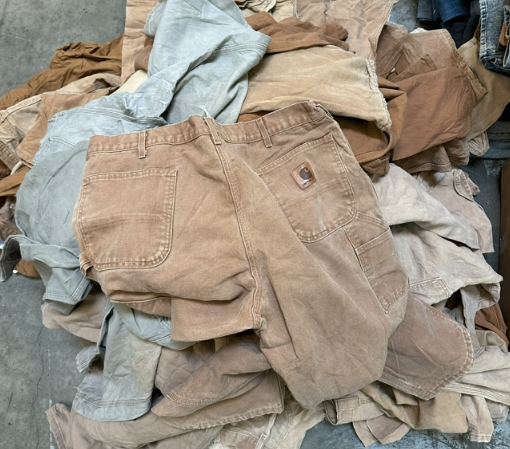
The main challenge Fix faces when designing collections inspired by previous decades, is that vintage items come in limited quantities and sizes, so they cannot be used to create clothing that will be mass-produced. For this reason, she and many other designers create vintage-inspired items that “have the attachment of a vintage piece, but they [consumers] can buy it in the sizes they want to and [businesses can] scale it up a certain way.” This allows people to be able to buy clothes that feel nostalgic without having to deal with wear, stains, sizing issues or other hassles of shopping for true vintage.
To make sure collections give off the vibe consumers are looking for, designers will look to flea markets for inspiration. “A lot of brands will shop a lot of vintage pieces and then they’ll design their collections based off some of these pieces.” Occasionally, Fix will even include scraps of vintage fabrics in a piece of embroidery designs associated with the trends or styles of a previous era.
Another way that clothing companies have appealed to wistful consumers is through relaunches of old collections. In celebration of their 30th birthday, Old Navy launched “The ‘94 Reissue” last year that featured some of their original designs from prior decades. Both people who shopped at Old Navy in the 90s and those who were looking for clothing that aligned perfectly with the retro aesthetic they’re looking to achieve flocked to purchase these nostalgic pieces.
Versace also harnessed the power of recollection in 2020 when Jennifer Lopez closed their runway show wearing the Jungle Dress that broke the internet two decades prior and inspired Google to create an image search feature. Whether through official relaunches or simply taking inspiration from old trends, by designing items tailored to appeal to one’s nostalgia, businesses are able to attract consumers from all walks of life.
The popularity of retro trends in the fashion industry goes to show that memories are a powerful influence, and sometimes, the best way to move forward is by bringing the past with us.


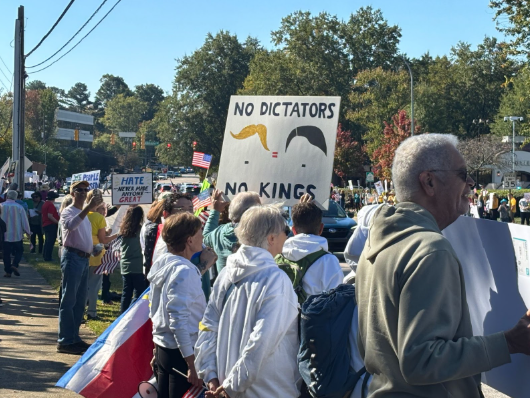

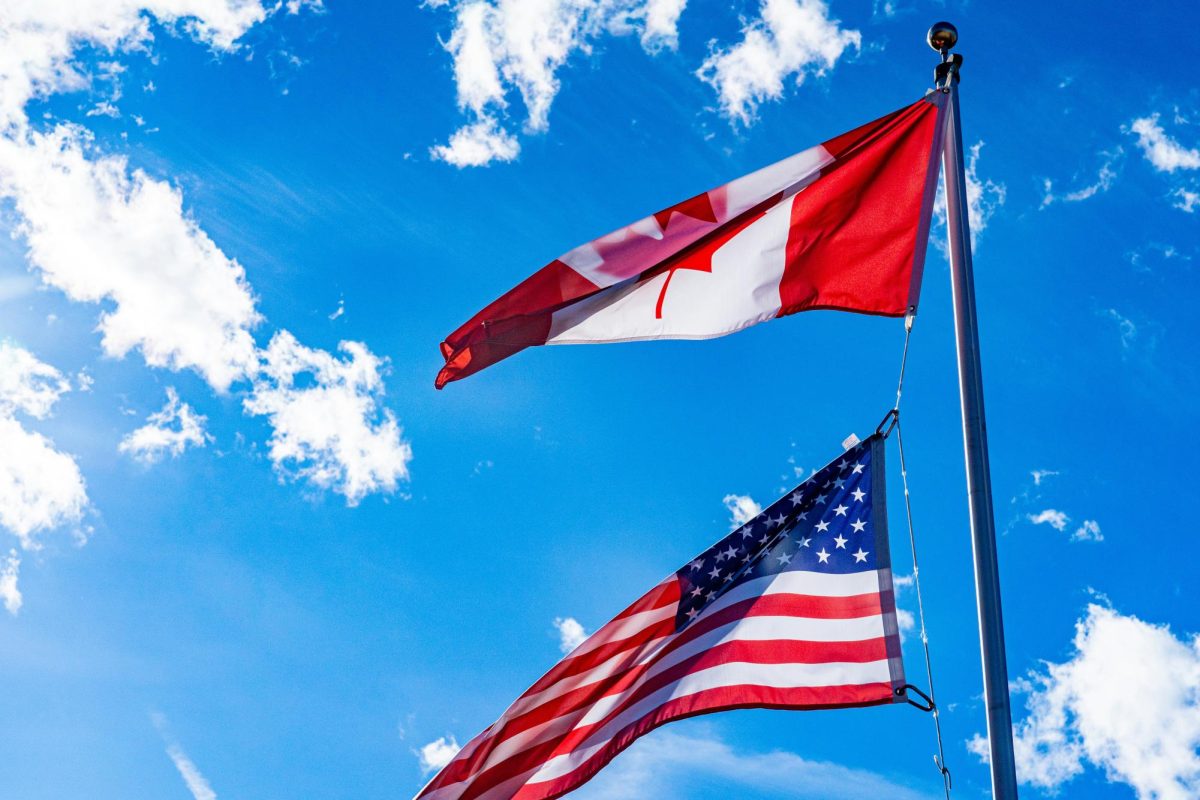



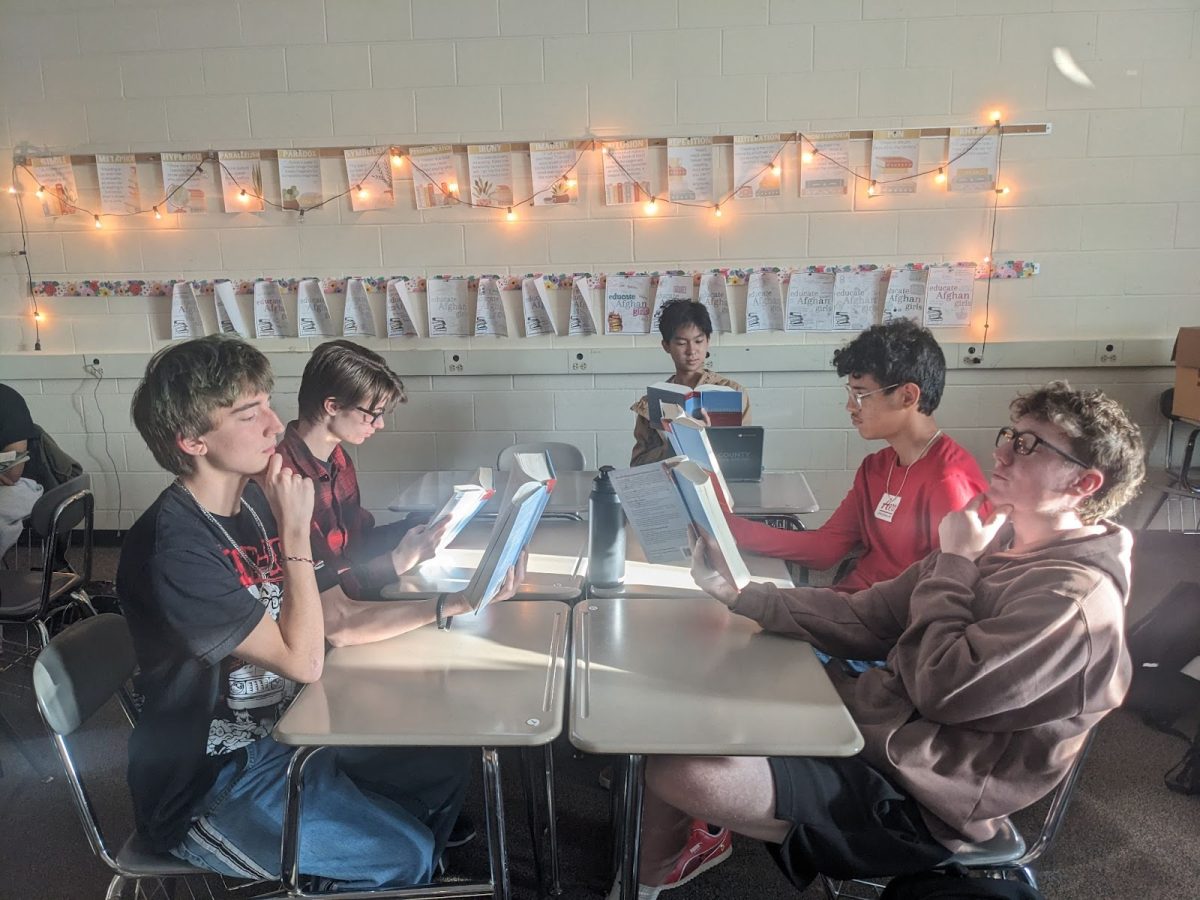






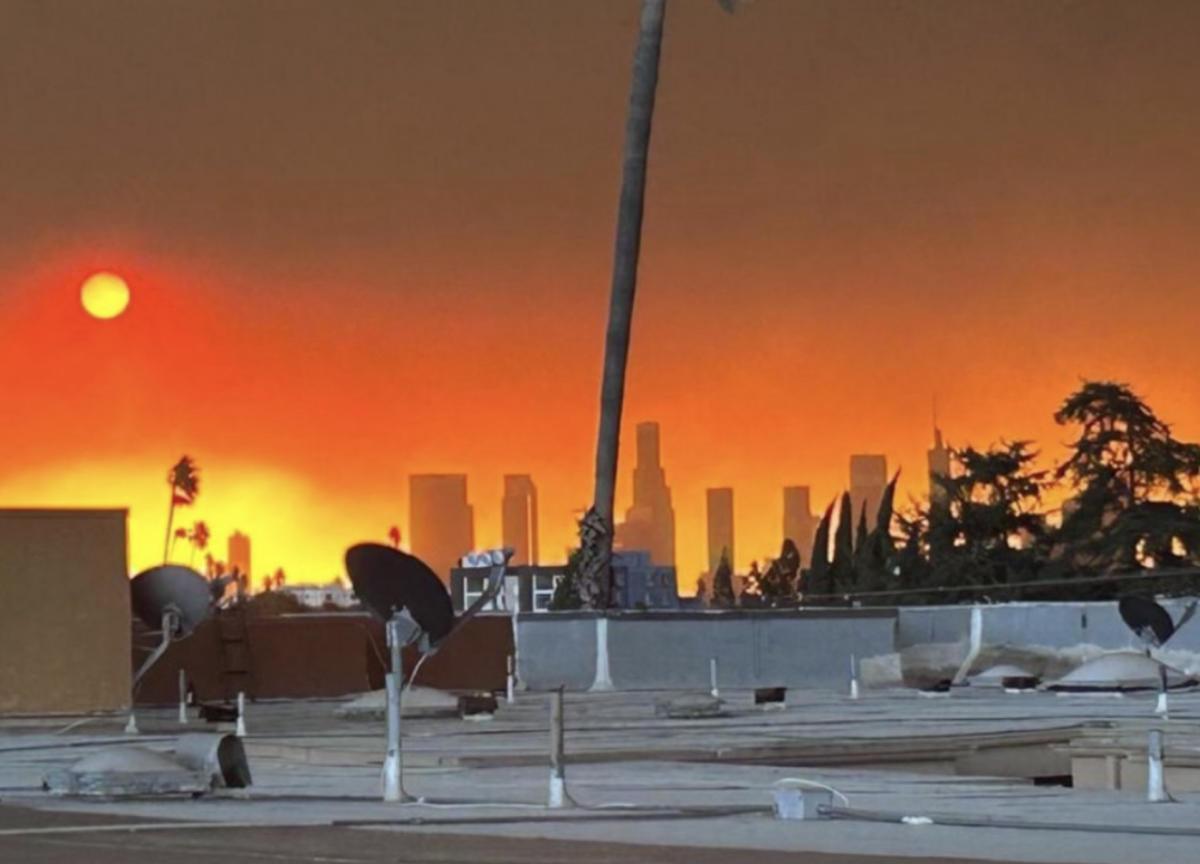


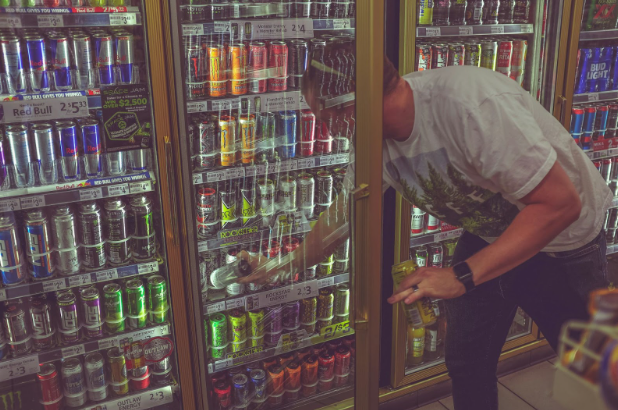
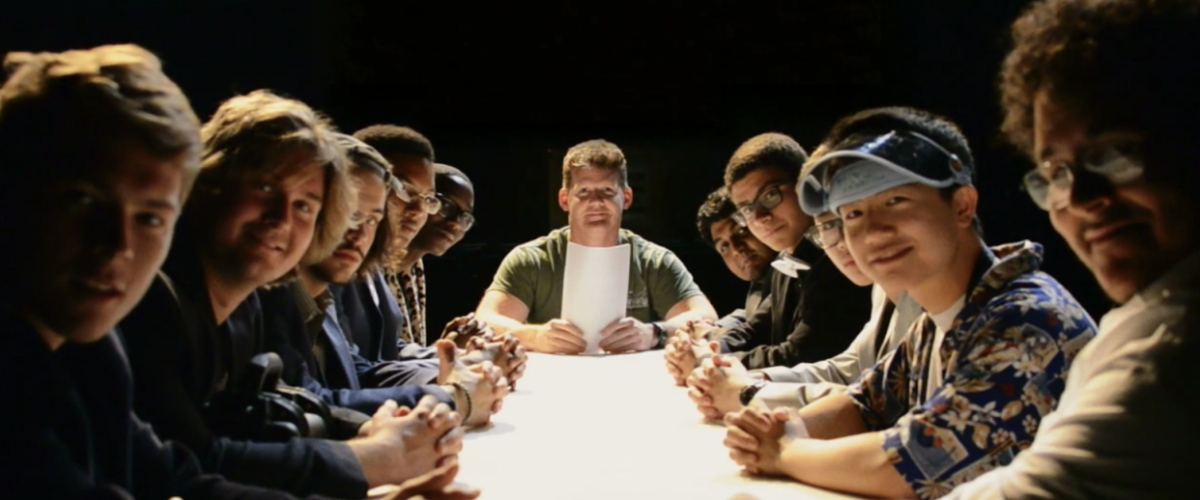
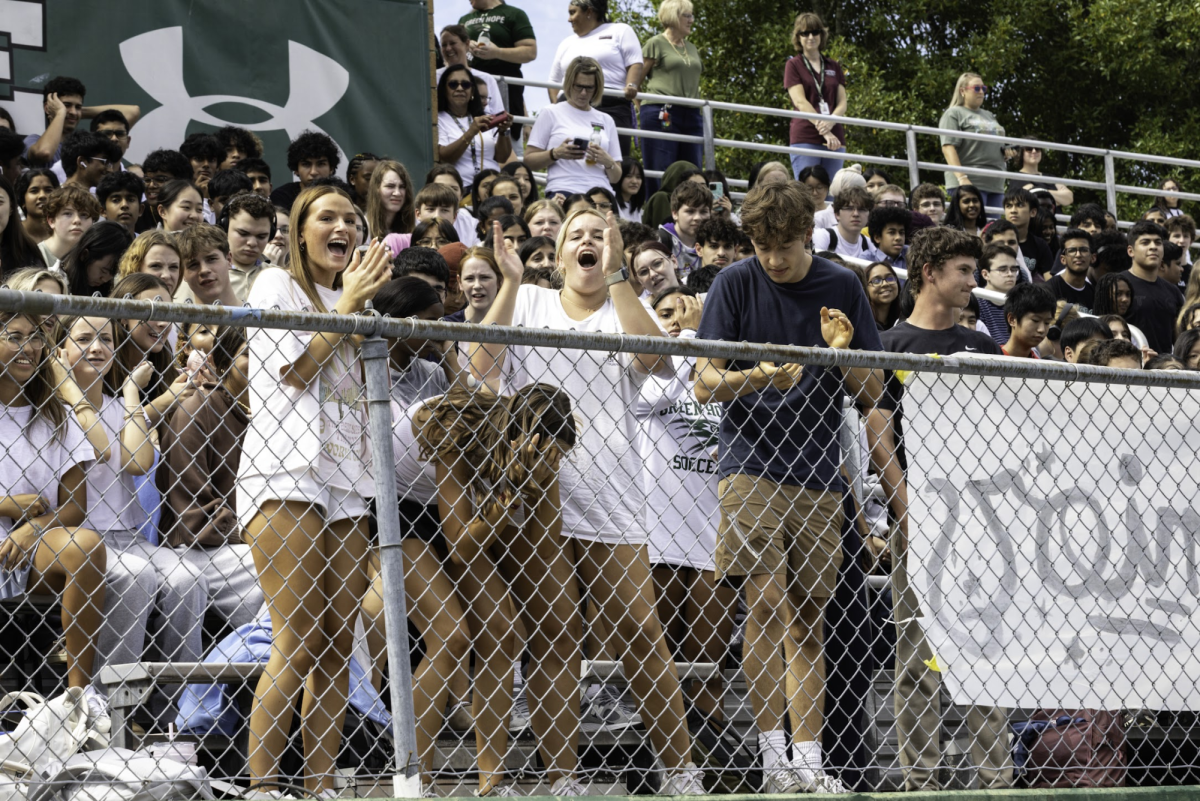
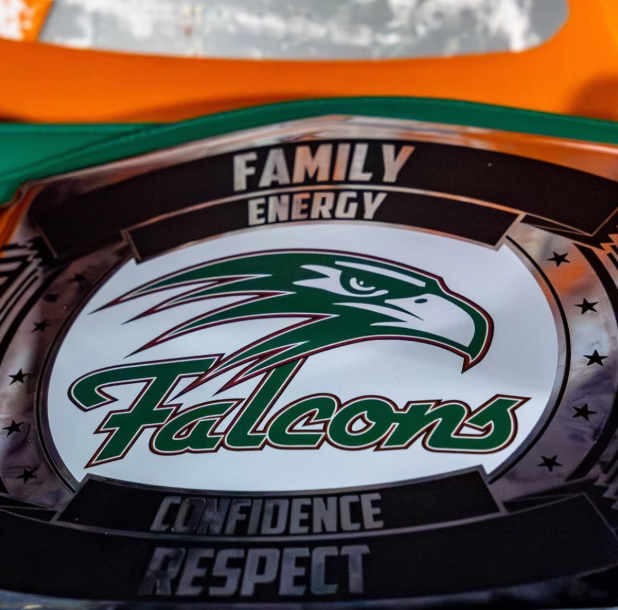





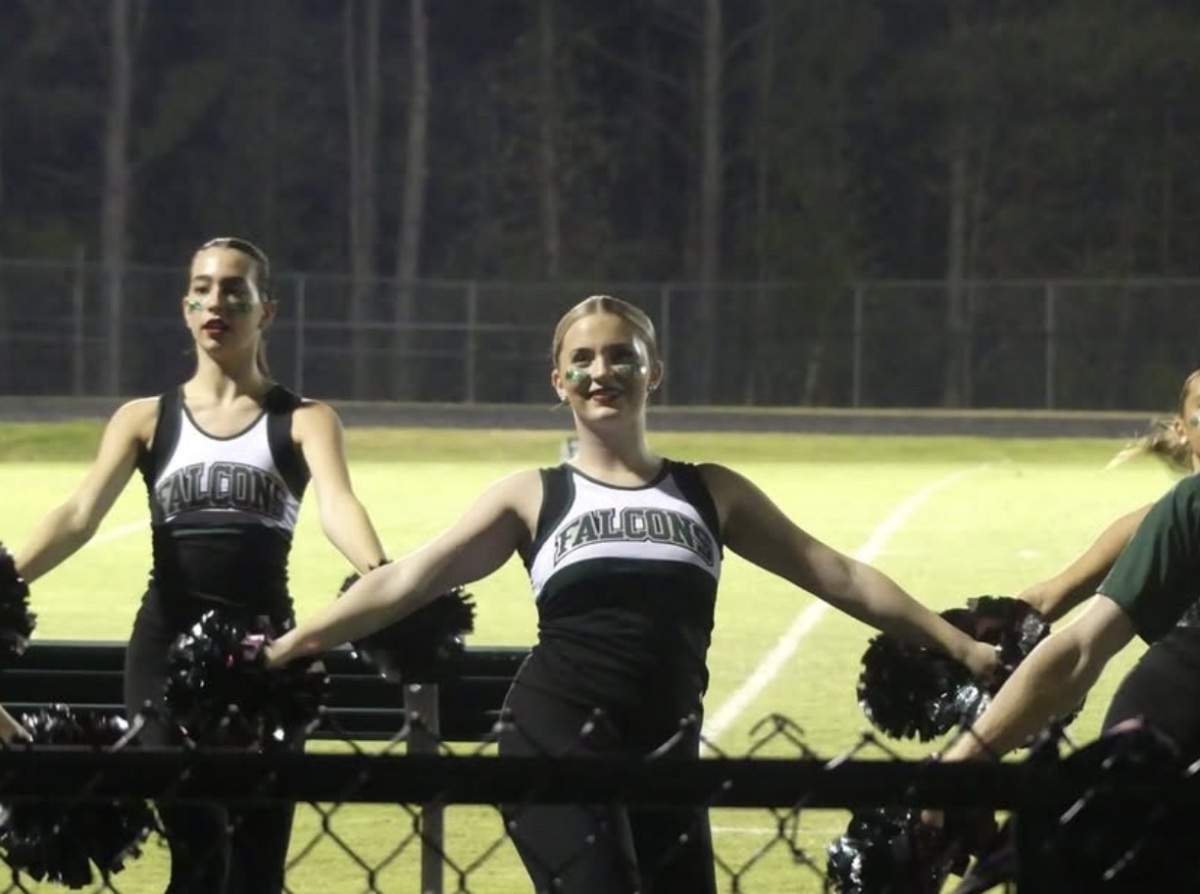
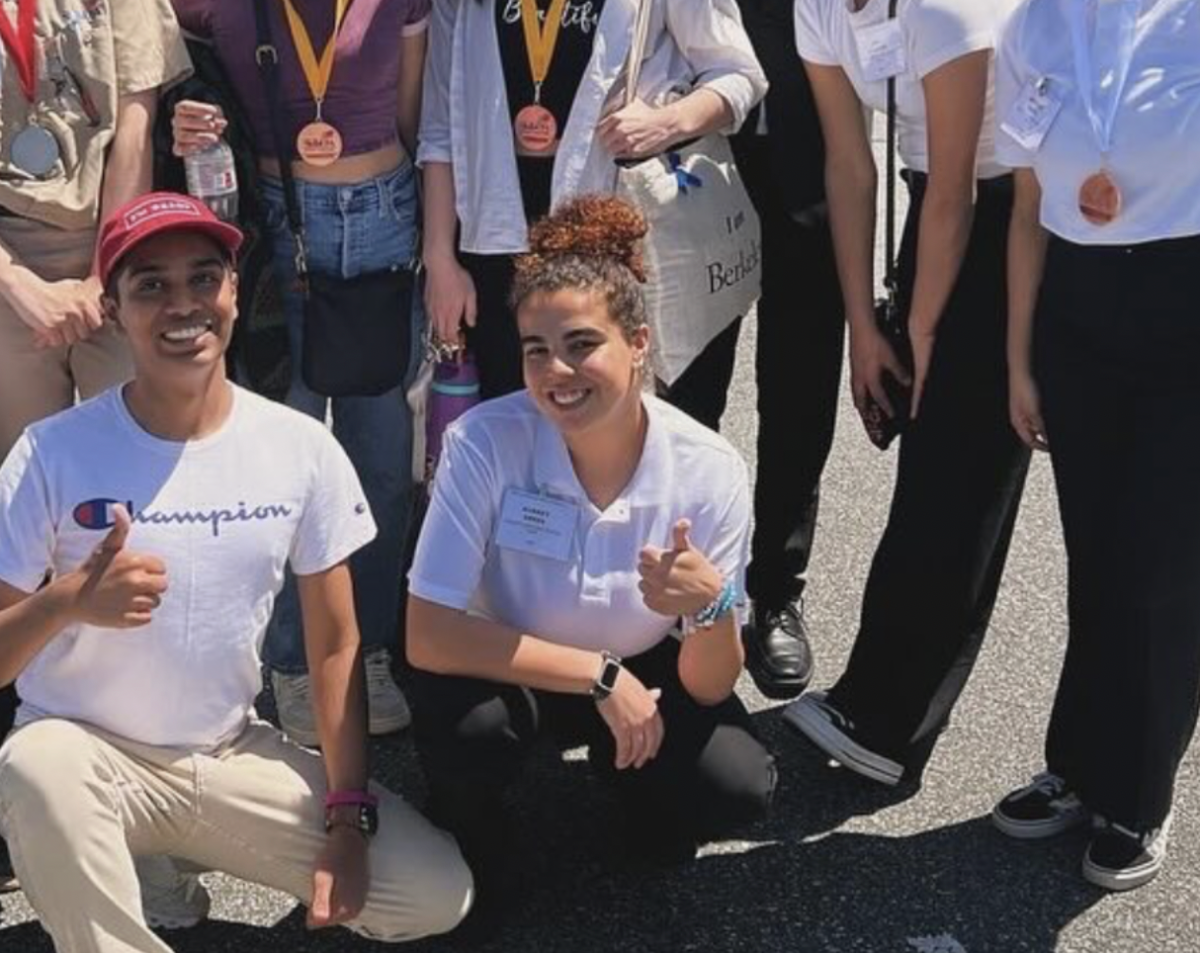








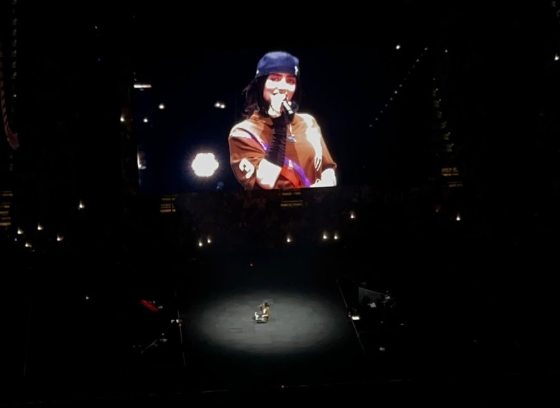

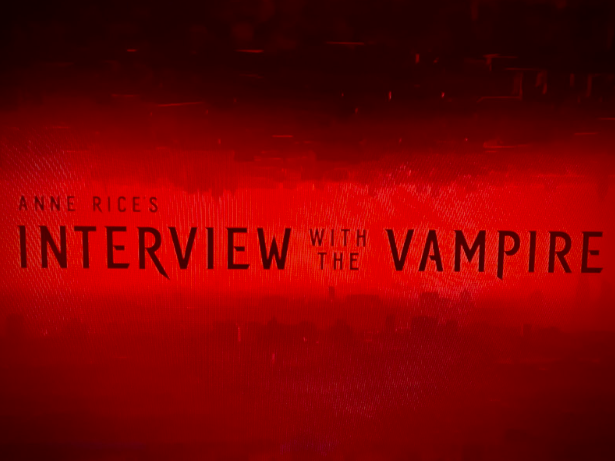


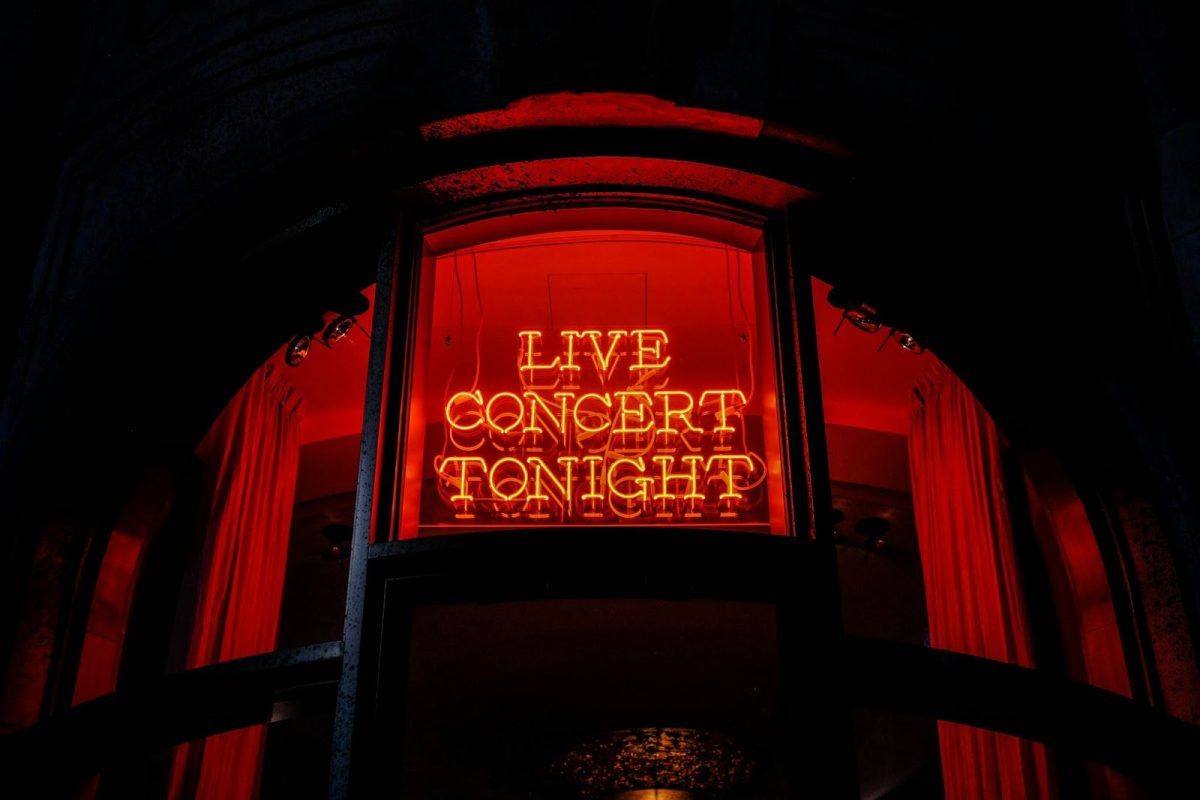



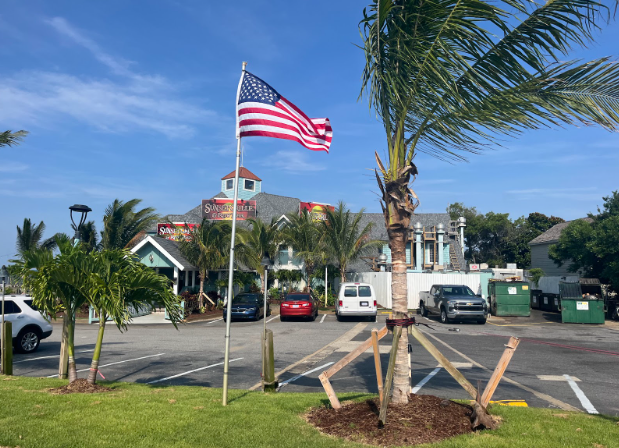



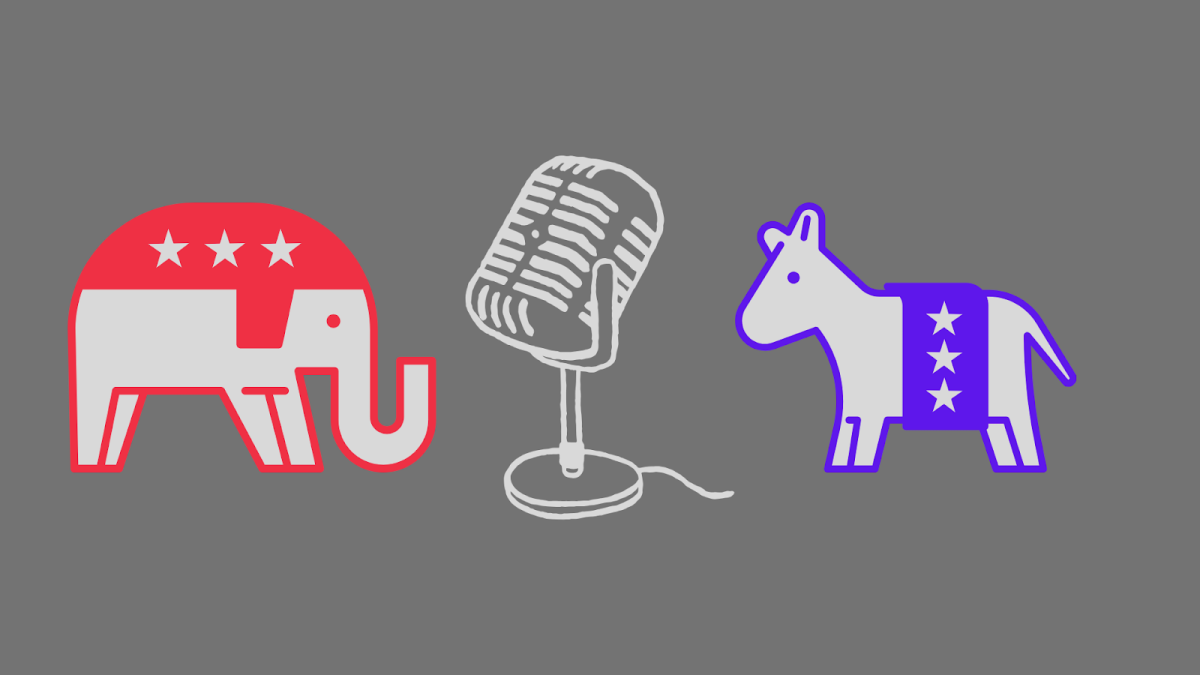
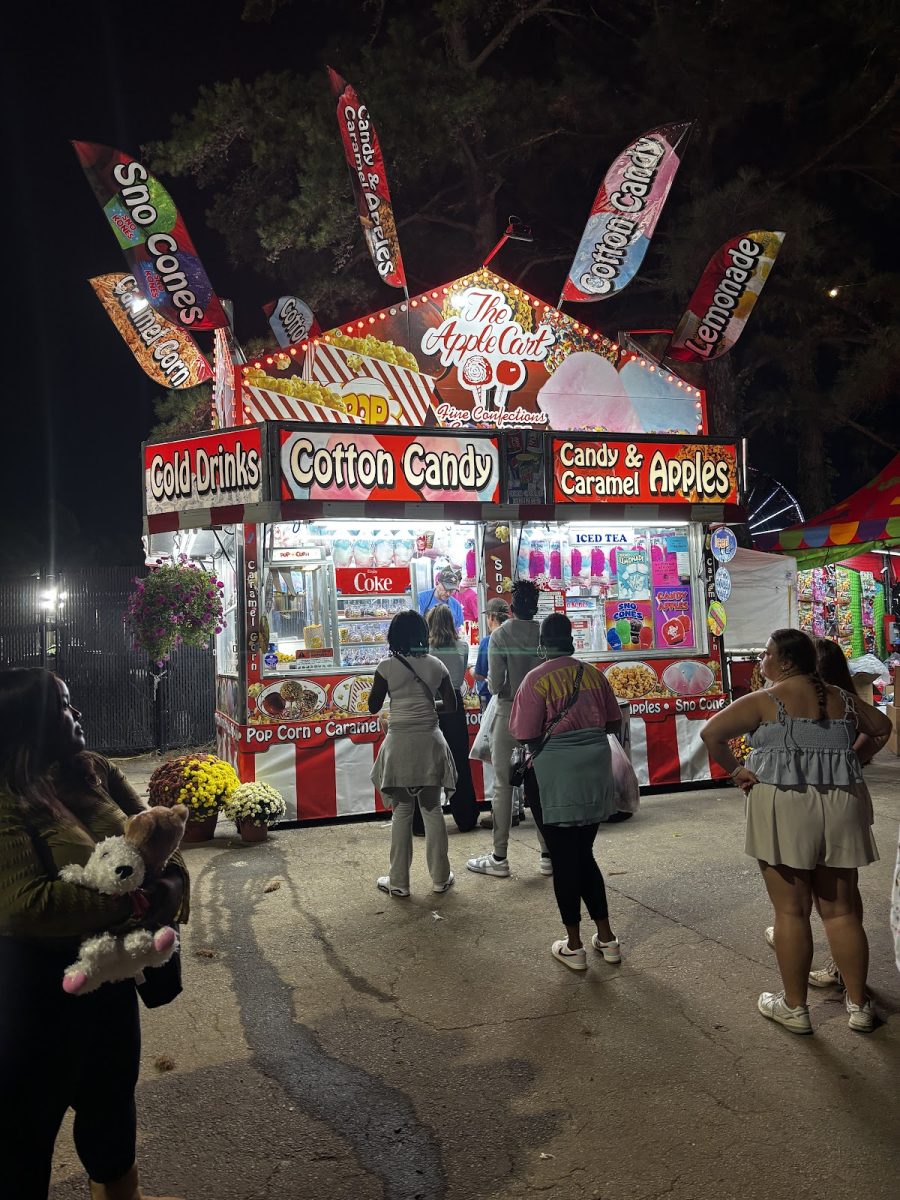
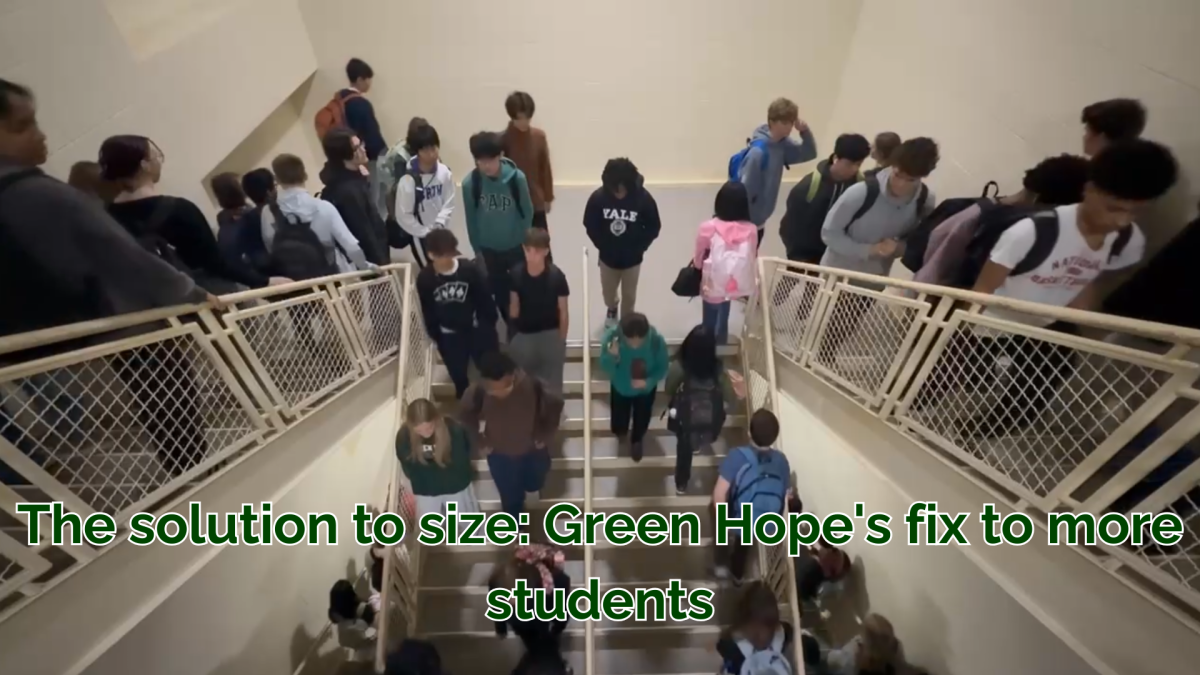

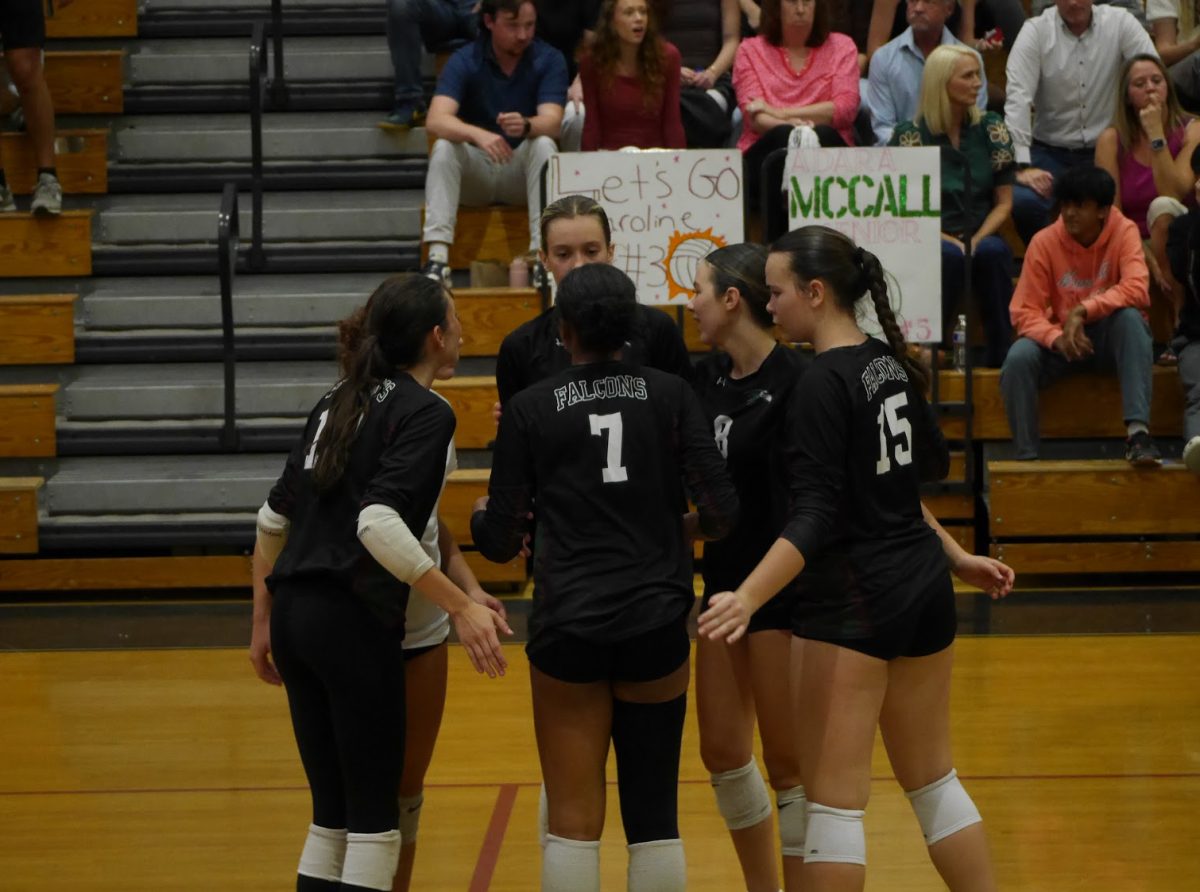
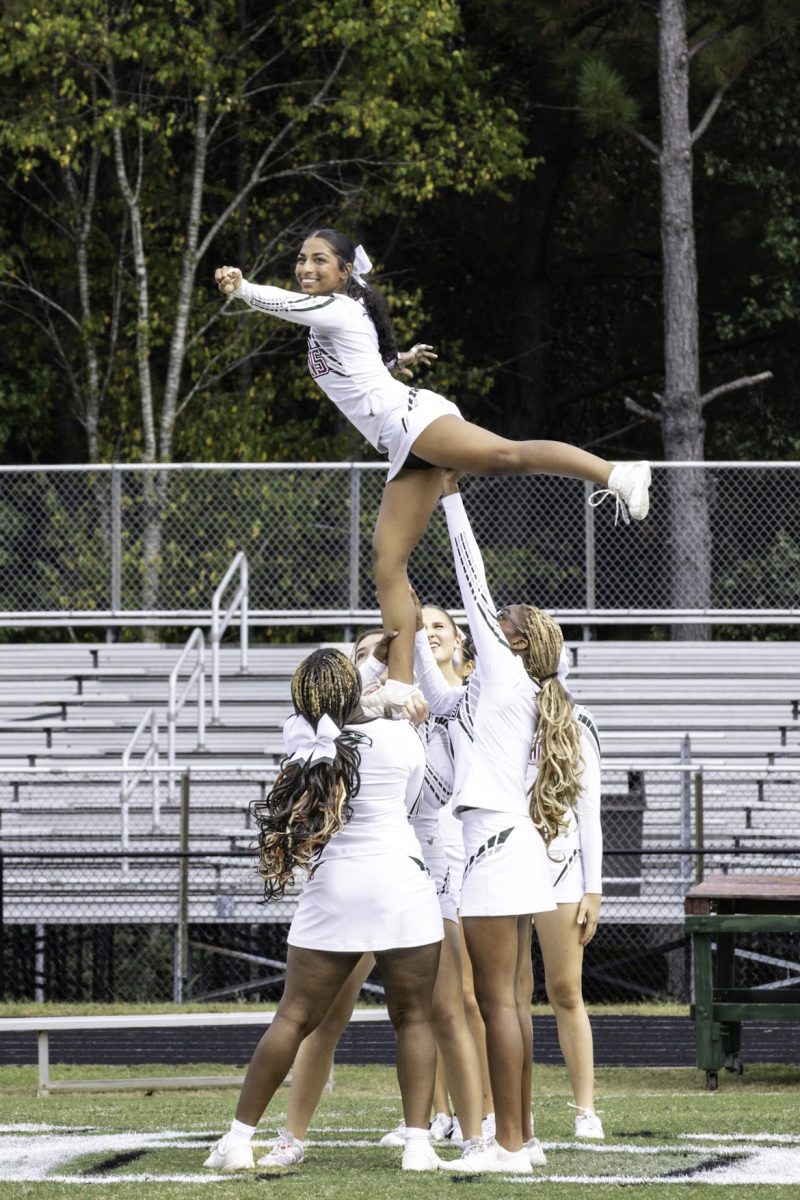





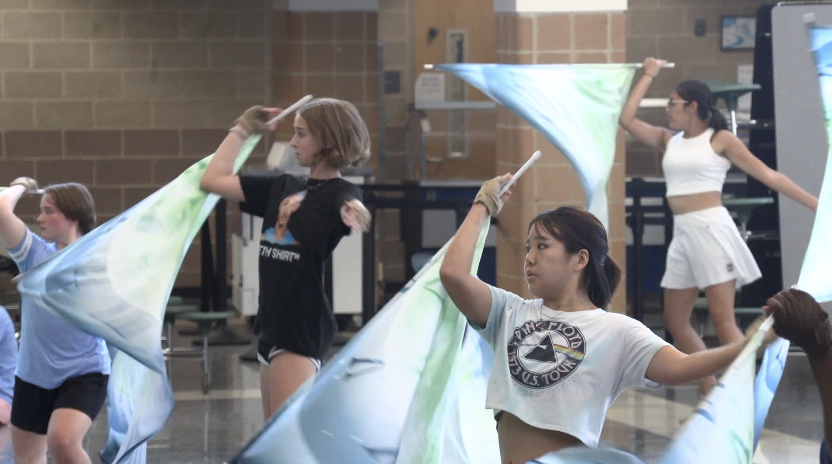



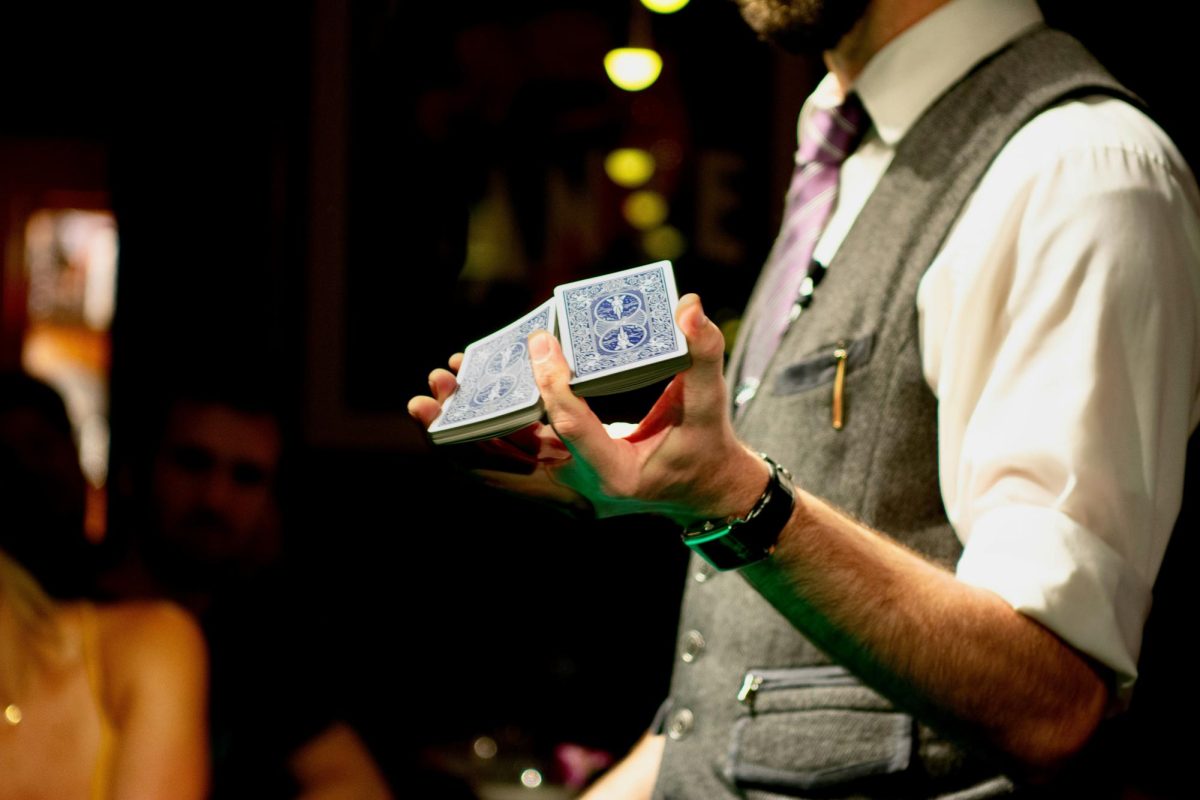




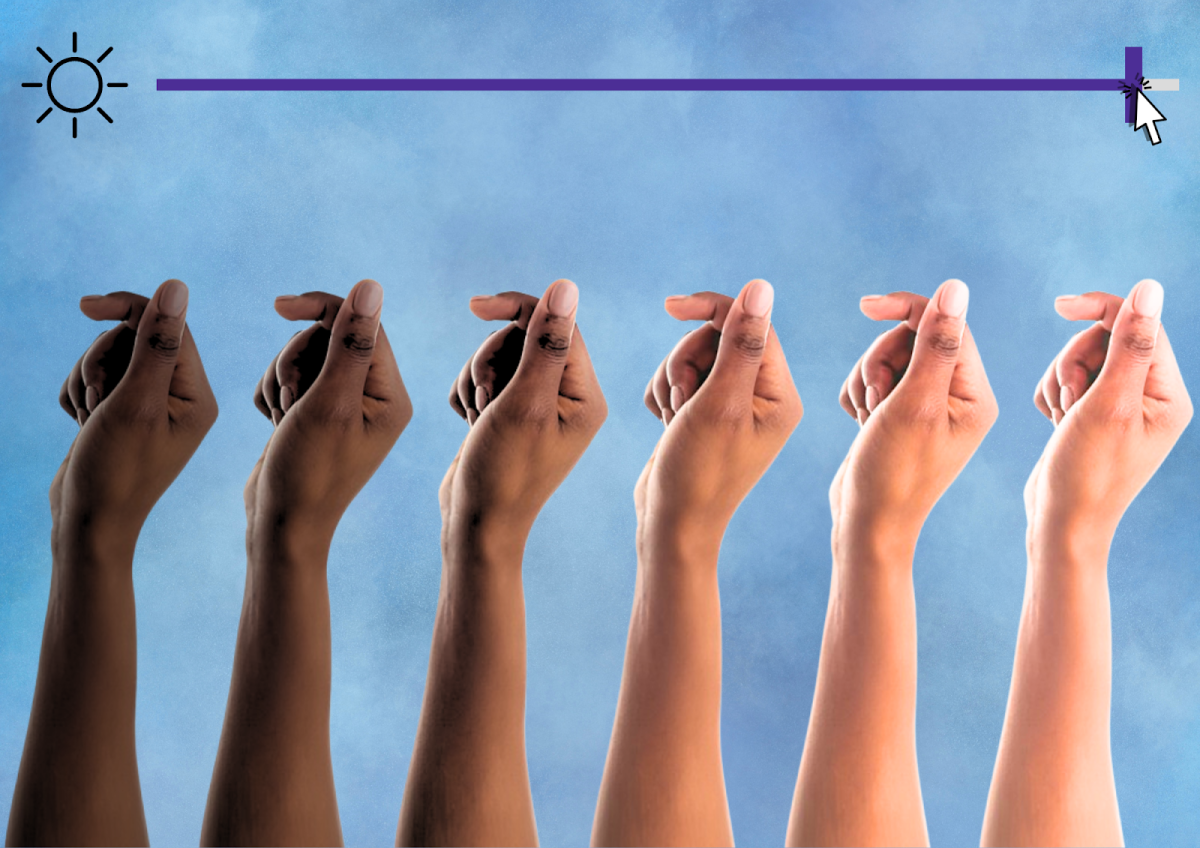

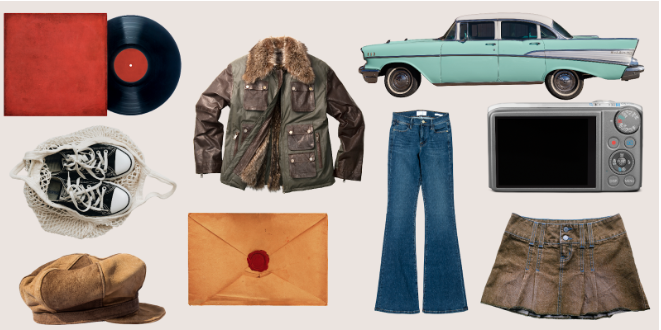
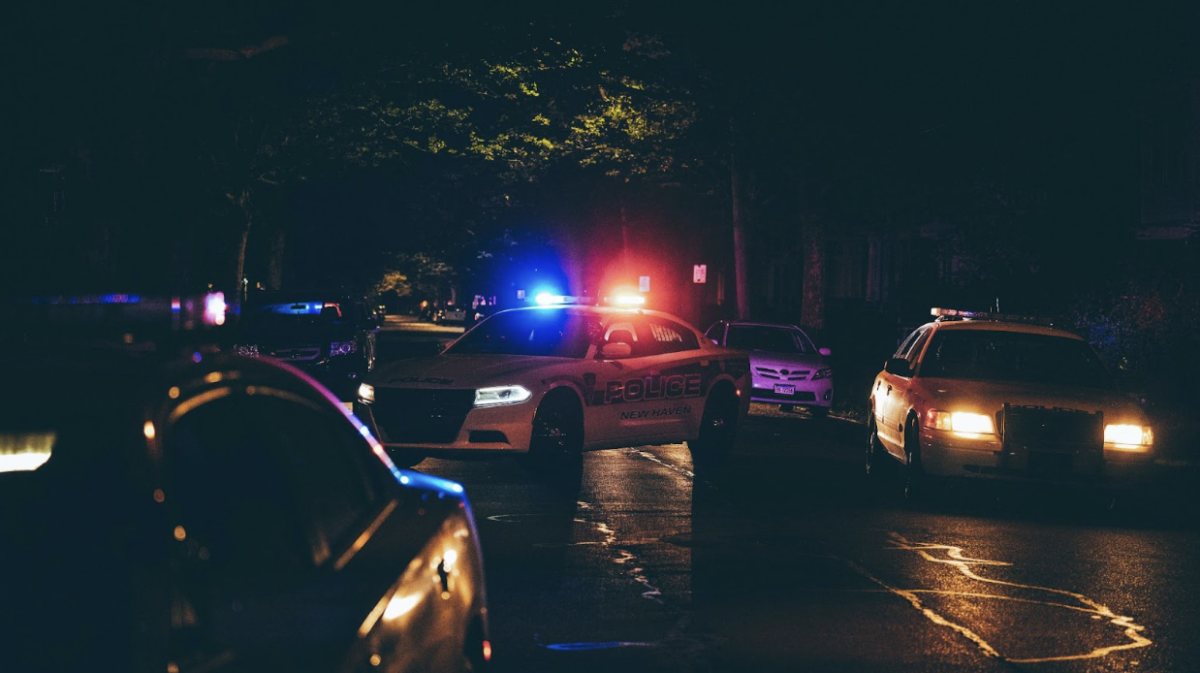

Clyde Schmitz • May 31, 2025 at 5:51 pm
Love the article, matter of fact all I own is vintage clothes.